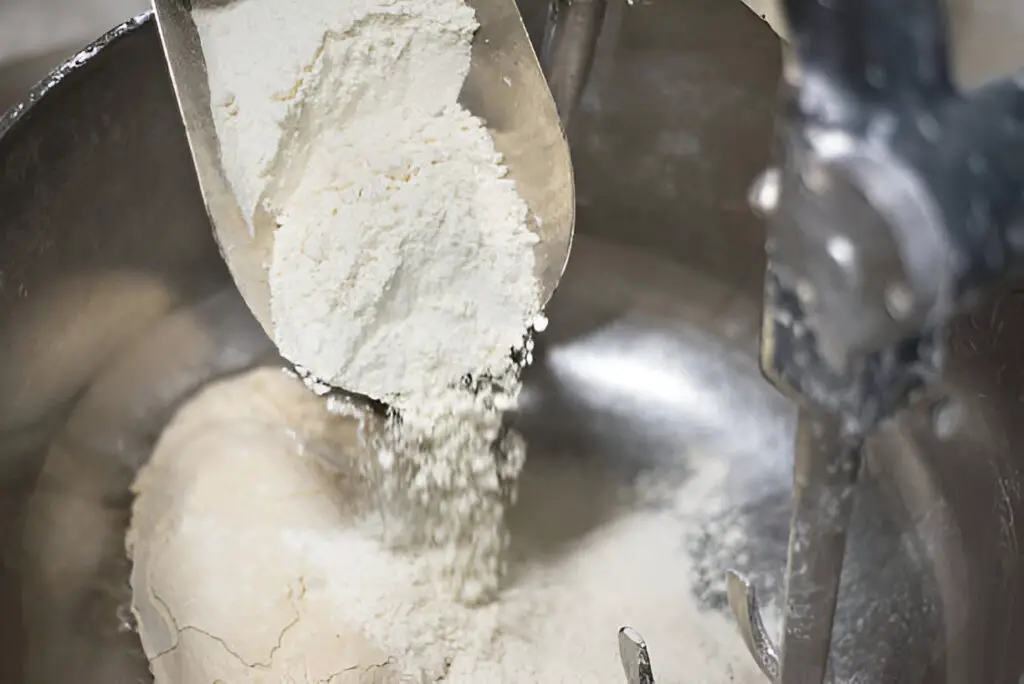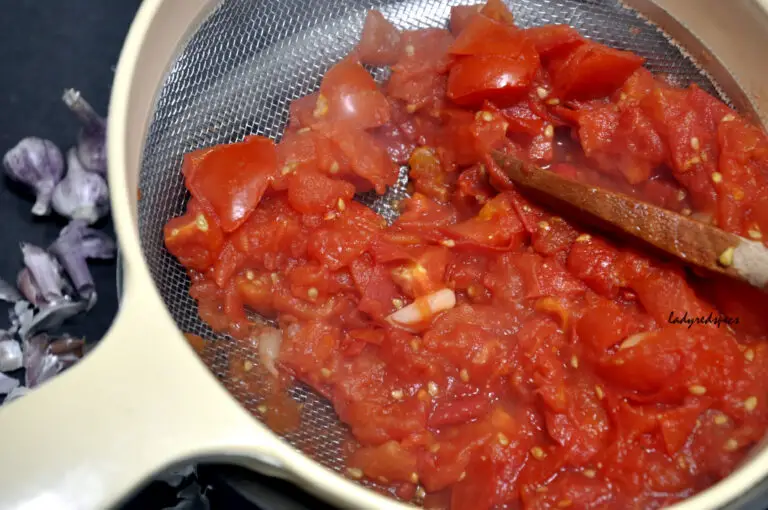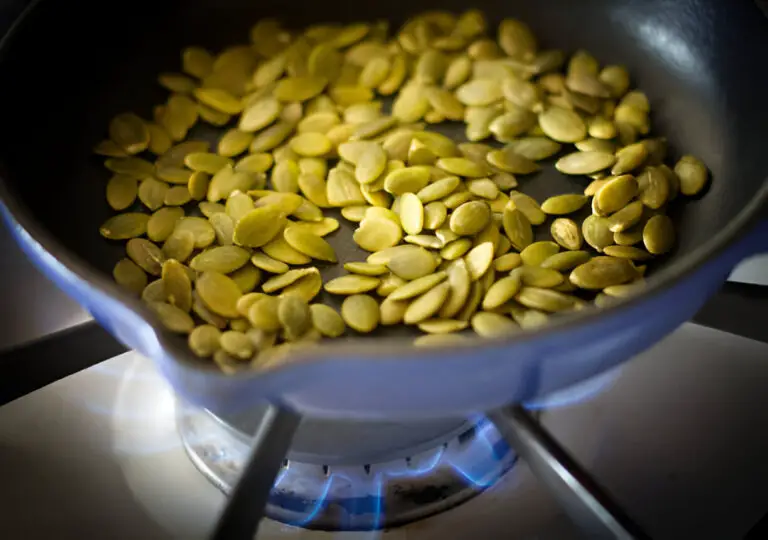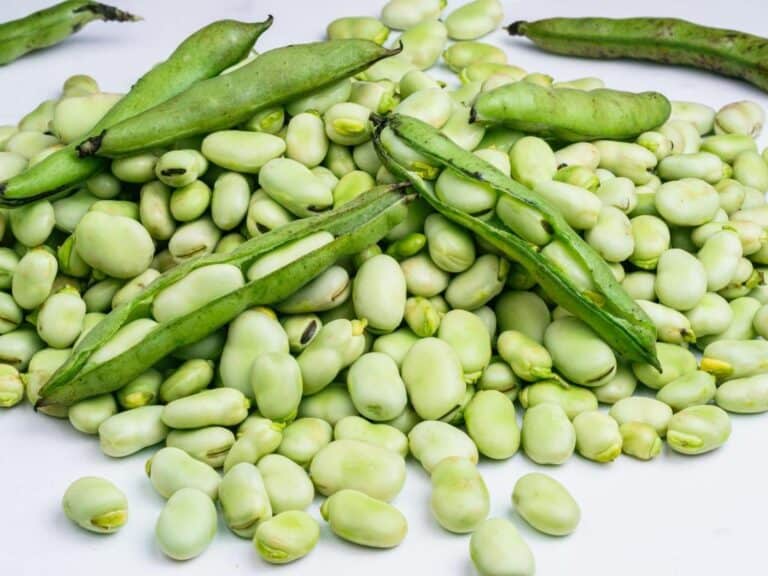Why Spooning and Leveling All-Purpose Flour Makes All the Difference

I’ll admit, for years, I was a “scoop and shake” flour measurer. You know, dipping the measuring cup right into the flour bag and giving it a little shake or a quick tap to flatten it out. But one day, I stumbled on a recipe that emphasized spooning and leveling the flour, saying it was a game-changer.
I shrugged it off at first, but out of curiosity, I decided to give it a try—and wow! My cakes turned out fluffier, my cookies didn’t feel like hockey pucks, and I finally understood why my previous bakes never quite matched the recipe photos. Turns out, this small step of spooning and leveling flour makes a world of difference.
In this post, I’ll walk you through why this technique matters, how to do it right, and when it truly counts.
What Does “Spooning and Leveling” Mean?
Let’s start with the basics. When a recipe instructs you to “spoon and level” flour, here’s what it means:
- Spoon the flour into your measuring cup a bit at a time instead of scooping it directly from the bag.
- Level off the top with a straight edge, like the back of a knife, so you have an even surface.
It sounds simple, and it is. But it’s a technique with a serious impact on your baking results.
Why Spooning and Leveling Beats Scooping
So, why can’t we just scoop flour straight from the bag? Here’s where the magic of science and technique come into play.
| Method | Amount of Flour | Baking Outcome |
| Scooping | Packs more flour, often up to 20% more | Dense, dry baked goods that can feel too heavy |
| Spooning and Leveling | Provides accurate, airy measurements | Light, fluffy, and balanced baked goods as intended |
Scooping packs the flour into the cup, often giving you far more than the recipe actually calls for. And as anyone who’s ended up with dry, crumbly muffins can tell you, extra flour isn’t your friend.
Spooning and leveling, on the other hand, keeps the flour from getting compacted, delivering a consistent, lighter measurement that matches what the recipe developer intended.
The Science Behind Measuring Flour

Flour’s density can vary wildly based on how it’s packed. A cup of scooped flour might weigh as much as 5.5 ounces, while a spooned and leveled cup weighs around 4.25 ounces.
When a recipe calls for a cup of flour, they’re typically referring to the latter weight, which is less dense and allows for a better balance with other ingredients.
Think of it this way: if flour is the foundation of your recipe, then accurate measurement is like setting the foundation for a building. Get it wrong, and the whole thing could topple—dry cakes, chewy cookies, or dough that crumbles like sand.
How to Spoon and Level Like a Pro
Okay, so we know it’s important. But how exactly do we “spoon and level” to get the perfect amount of flour? Here’s a quick step-by-step guide to keep things foolproof:
- Fluff Up the Flour: Give your flour a quick stir to aerate it, especially if it’s been sitting around for a while.
- Spoon into the Cup: Gently spoon flour into your measuring cup, one spoonful at a time, without shaking or tapping the cup.
- Level Off: Use the back of a knife or a flat edge to level off the top, brushing the excess back into the bag.
It might take a few extra seconds, but I promise, it’s worth it.
When to Be Extra Careful with Measuring Flour
Sometimes, accuracy makes all the difference, while other times, there’s a bit of wiggle room. Here’s a quick rundown of when to really focus on spooning and leveling.
Must-Spoon Situations
- Baking Cakes and Muffins: These depend heavily on a balanced flour-to-liquid ratio for fluffiness and texture.
- Pastries and Pies: Extra flour in pastries can lead to tough, chewy crusts.
- Cookies: Want soft and chewy cookies? Spoon and level your flour!
A Little Room for Flexibility
- Thickening Sauces: If you’re using flour to thicken soups or sauces, a little variation won’t ruin things.
- Rustic Bread: Some bread recipes can handle slight variances, especially if they call for extra kneading.
Common Misconceptions About Measuring Flour
Myth #1: “Flour Isn’t That Sensitive”
Truth is, flour can be surprisingly temperamental. It’s the backbone of most baked goods, so even a small difference can throw off the chemistry of your recipe.
Myth #2: “Scooping Saves Time”
It might feel faster, but think of the spooning and leveling as a little insurance policy on your bake. A quick scoop now could lead to a dense cake later, which takes a lot more time to fix (or remake!).
Myth #3: “The Recipe Won’t Notice”
Recipes are usually tested with spooned and leveled flour measurements. So if the instructions call for it, assume it matters.
The Role of Flour in Different Recipes
Let’s look at some popular recipes and see how spooning and leveling affects each one.
| Recipe Type | Result of Extra Flour | Why Spoon and Level Matters |
| Cakes and Muffins | Dense, dry texture | Balanced flour and liquid ensure a soft, moist crumb |
| Cookies | Tough, overly chewy cookies | Proper flour amounts keep cookies soft and tender |
| Bread | Tougher crust, less open crumb | Accurate measurements create even, consistent rise |
| Pastry and Pie Crusts | Chewy, brittle crust | Light flour helps achieve flaky, buttery layers |
As you can see, flour measurement directly impacts the texture, consistency, and even the appearance of your baked goods.
My Personal Baking Fails (And Wins) with Flour Measurement
I learned the importance of flour measurement the hard way. My most memorable (and frustrating) failure? A batch of brownies that turned out dry and crumbly. I’d used my old scooping method and couldn’t understand what went wrong. The culprit? A cup and a half of flour, packed down by scooping, when the recipe intended a lighter hand.
Switching to spooning and leveling made all the difference in my baking. Cakes rose just right, and cookies spread beautifully instead of turning into hard disks. So, if you’ve been struggling to get the perfect bake, give spooning and leveling a try. It’s like having an extra layer of quality control right there in your kitchen.
Quick Tips for Consistent Flour Measurements
- Invest in a Kitchen Scale: If you want to be 100% precise, a kitchen scale is a game-changer. Just remember: one cup of all-purpose flour should weigh about 4.25 ounces or 120 grams.
- Use Measuring Cups for Dry Ingredients: Avoid using liquid measuring cups for flour. They’re designed differently and can lead to inaccurate measurements.
- Don’t Skip the Spoon: It might feel like an extra step, but spooning and leveling truly does make a difference.
Final Thoughts: Spooning and Leveling, the Key to Consistent Bakes
Baking is equal parts science and art. While a pinch of salt here or an extra dash of vanilla extract there won’t always hurt, flour measurement demands a little extra care. Spooning and leveling gives your baked goods a fighting chance, balancing the ratios and helping your recipes turn out exactly as intended.
So next time you pull out your flour, take a moment to spoon and level. You might just find your bakes become that much closer to perfection. Plus, once you get in the habit, it’s second nature—and well worth the little bit of effort. Happy baking!






